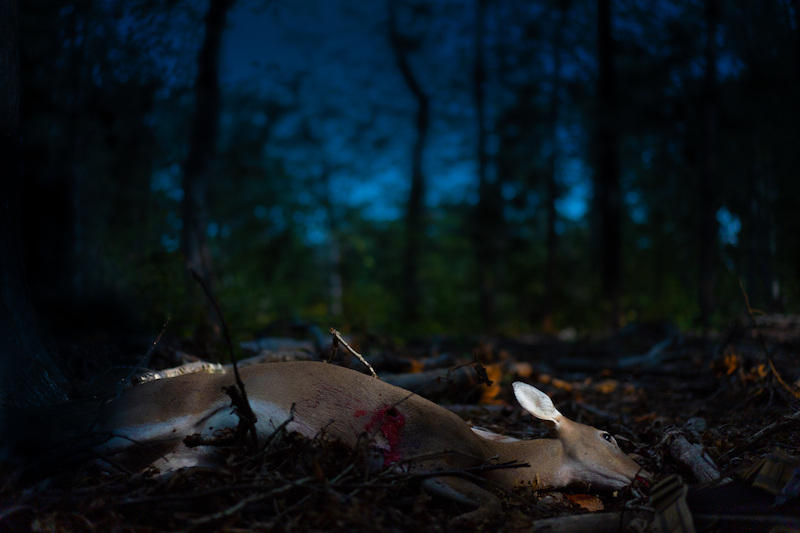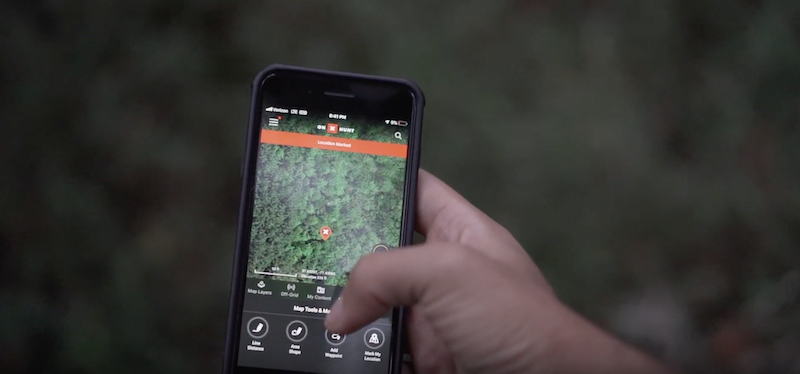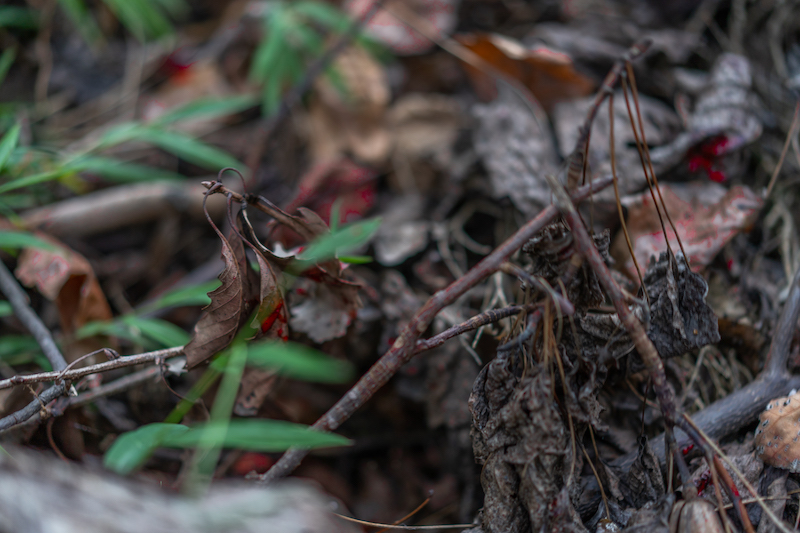A group of does moves toward you through the trees on a cool morning. Finally! Here’s an opportunity to fill your freezer. You draw your bow and release an arrow. The deer runs off, but you don’t see it fall. What now?
When an animal you’ve arrowed doesn’t fall within sight, you must follow the blood trail to find it. Ideally, blood sign is obvious and easy to follow. Sometimes, though, a poorly placed shot or an arrow that doesn’t pass through creates a light blood trail. Don’t give up. These 10 tips will help you unravel challenging blood trails.
As the arrow flies from the bow, bowhunters must shift gears to gather information. Note exactly where your arrow hits the animal. If it kicks its rear legs high, it’s likely heart-shot. If it hunches up its back, it’s likely hit in the liver or abdomen. Watch where it runs, study its body language, and listen for it to fall.

Sometimes it is more beneficial to let the deer lay overnight than to pressure it in the dark. Photo Credit: ATA
If you shoot a deer in the evening and you’re unsure of the shot, study your options. If clear, cold weather is settling in for the night, consider leaving the deer overnight. Blood trailing is easier in daylight. By waiting, you don’t risk pushing a poorly hit deer farther. If it’s already dead, it won’t spoil overnight.
Are you struggling to find blood? Get lower. You’ll be amazed how much more you can see. Get on your hands and knees, and you’ll see blood specks on or under leaves that you can’t see while standing.
When a blood trail seems to peter out, a spray bottle of hydrogen peroxide can help. Peroxide bubbles when contacting even faint blood residue, making it easier to see.

Keep track of the last spot you found blood, so if you lose the blood trail you can come back to that spot. Photo Credit: ATA
As you move along a blood trail, mark the last blood spot you found. If you can’t find more, return to the last spot and start a grid search.
Mapping apps like OnX make blood trailing easier by letting you “drop pins” along the blood trail. The app’s “tracks” or “bread crumb” function helps you check a grid pattern systematically. The tracks mark where you walk, so you’ll know exactly where you’ve searched.
As you study the ground for blood, keep looking ahead for your deer. Every blood trail should eventually lead to a deer.

Deer will not take a difficult trail when wounded. Photo Credit: ATA
Deer usually take the path of least resistance, and seek cover and water when wounded. Keep those tendencies in mind to anticipate where your deer will go.
If you can use blood-trailing dogs in your state, they’re worth using on tough cases. Experienced tracking dogs use their nose to find wounded deer that even the best bowhunters can’t find. Learn more about these skilled dogs by clicking here.

Look for broken twigs and hoof prints as well as blood. Photo Credit: ATA
Blood isn’t the only sign marking a deer’s path. Also look for tracks, snapped twigs, and rustled and scattered leaves.
When finding deer after making a bad shot, reassess what happened. Did you carefully choose your shot angle, distance and aiming point? Correcting mistakes reduces future blood-trailing stress. A review also reinforces the need to hone your archery skills in the offseason, and practice patience and discipline when shooting. To learn more about shot placement, click here.